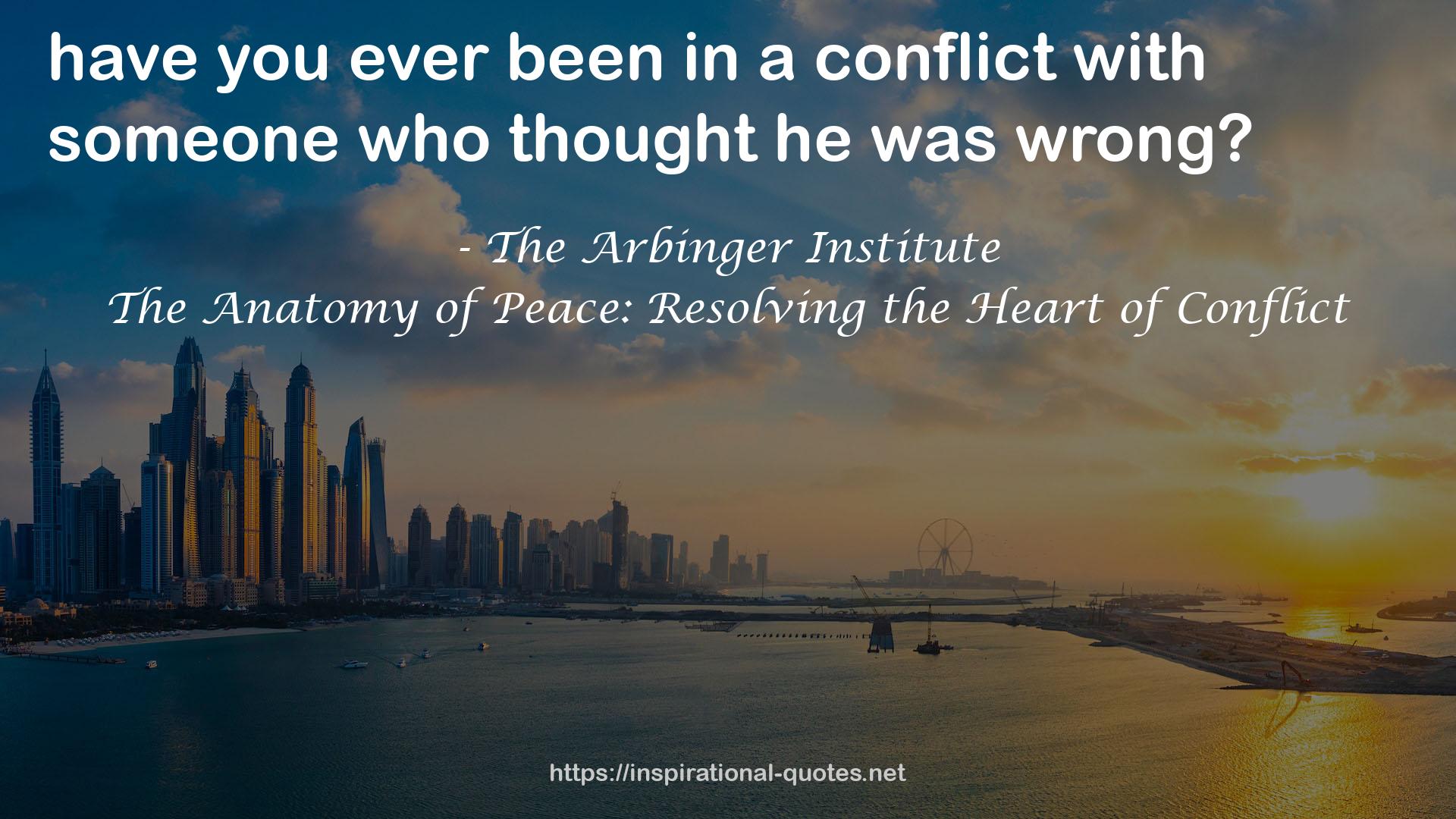77
" he taught me how you can and can’t get out of it. Because of my deeply held biases against Jews, he spent a lot of time with me on the topic of racism and showed that it too was a feature of the box—of mine as much as anyone else’s. ‘If you see people of a particular race or culture as objects,’ he told me, ‘your view of them is racist, whatever your color or lack of color or your power or lack of power.’ He showed me that this is the same for all divisions, whether between rich and poor, old and young, educated and uneducated, religious and nonreligious, Catholic and Protestant, Shia and Sunni. “‘When you begin to see others as people,’ Ben told me, ‘issues related to race, ethnicity, religion, and so on begin to look and feel different. You end up seeing people who have hopes, dreams, fears, and even justifications that resemble your own.’ “‘But what if one group of people is oppressing another?’ I once asked Ben. “‘Then the second group must be careful not to become oppressors themselves. A trap that is all too easy to fall into,’ he added, ‘when the justification of past abuse is readily at hand.’ “‘How would they become oppressors themselves if they simply try to put an end to injustice?’ I asked. “‘Because most who are trying to put an end to injustice only think of the injustices they believe they themselves have suffered. Which means that they are concerned not really with injustice but with themselves. They hide their focus on themselves behind the righteousness of their outward cause. "
― The Arbinger Institute , The Anatomy of Peace: Resolving the Heart of Conflict
80
" If they had been able to find their way to an out-of-the-box place, they could have pondered their situations anew by asking a series of questions.” Walking to the board and beginning to write, he said, “Like these:” • What are this person’s or people’s challenges, trials, burdens, and pains? • How am I, or some group of which I am a part, adding to these challenges, trials, burdens, and pains? • In what other ways have I or my group neglected or mistreated this person or group? • In what ways are my better-than, I-deserve, worse-than, and need-to-be-seen-as boxes obscuring the truth about others and myself and interfering with potential solutions? • What am I feeling I should do for this person or group? What could I do to help? "
― The Arbinger Institute , The Anatomy of Peace: Resolving the Heart of Conflict

